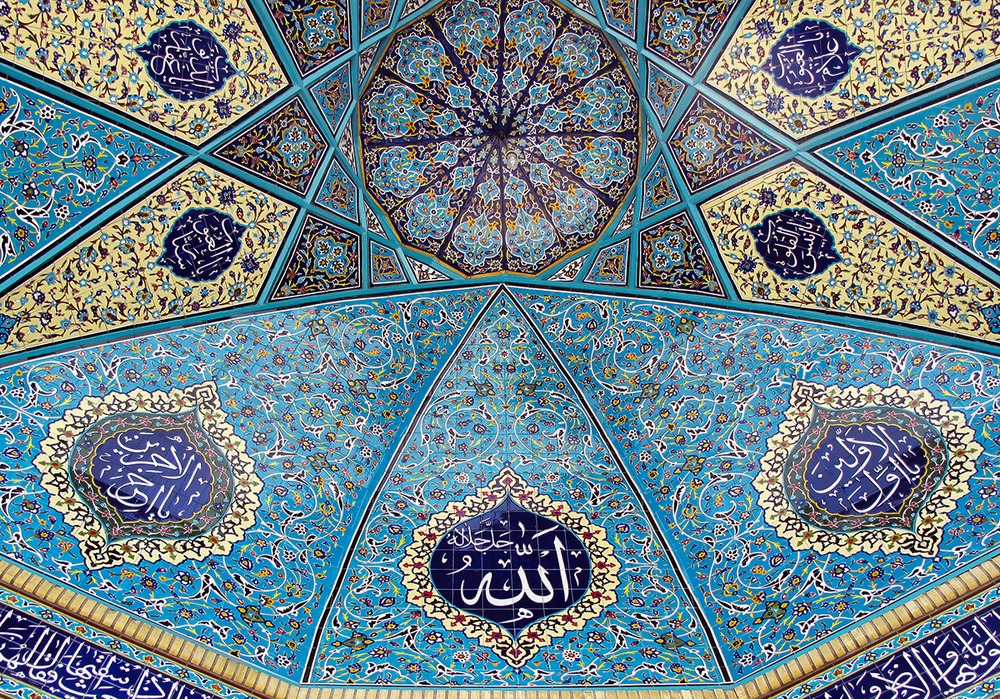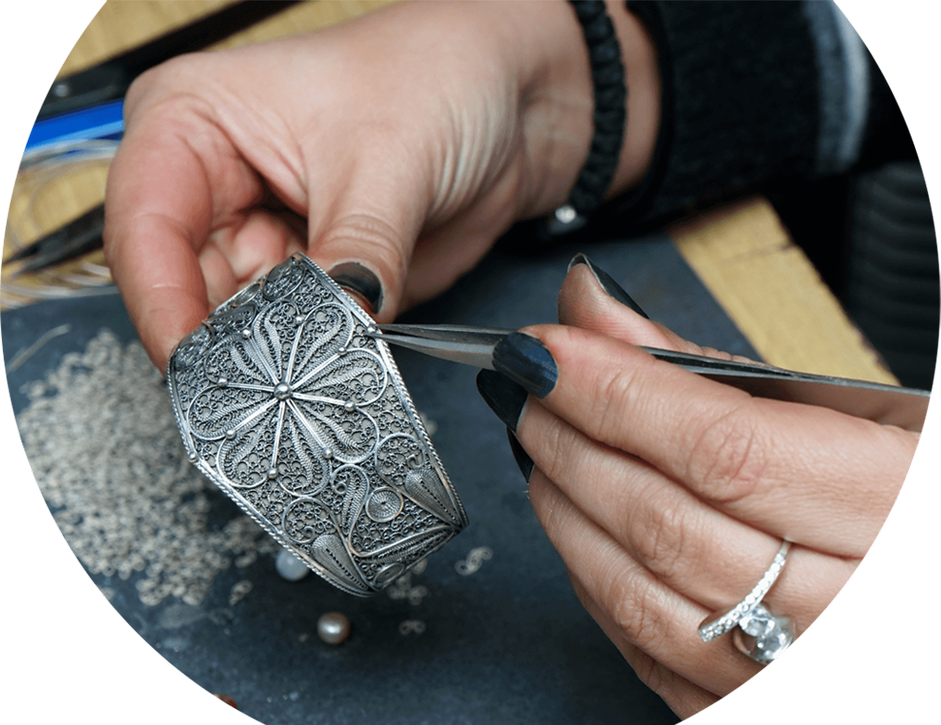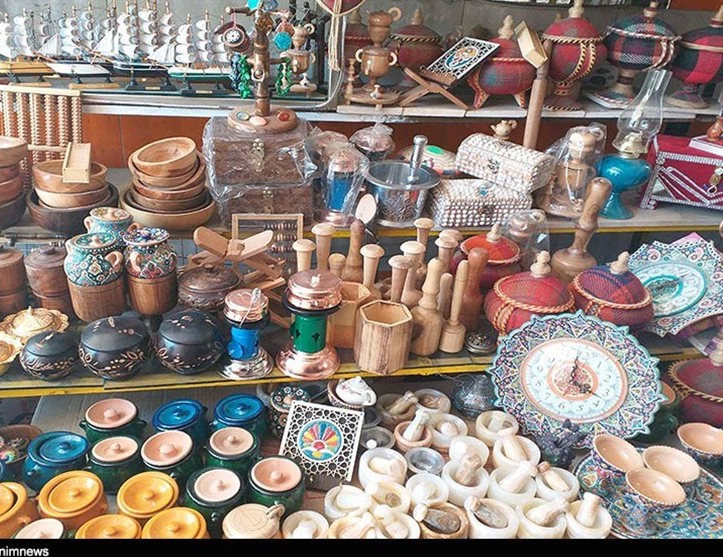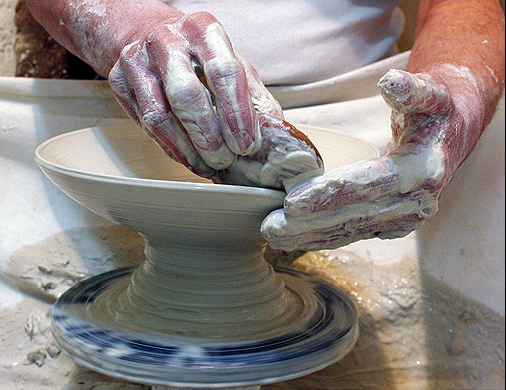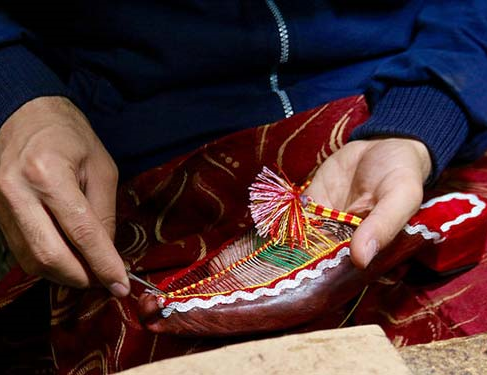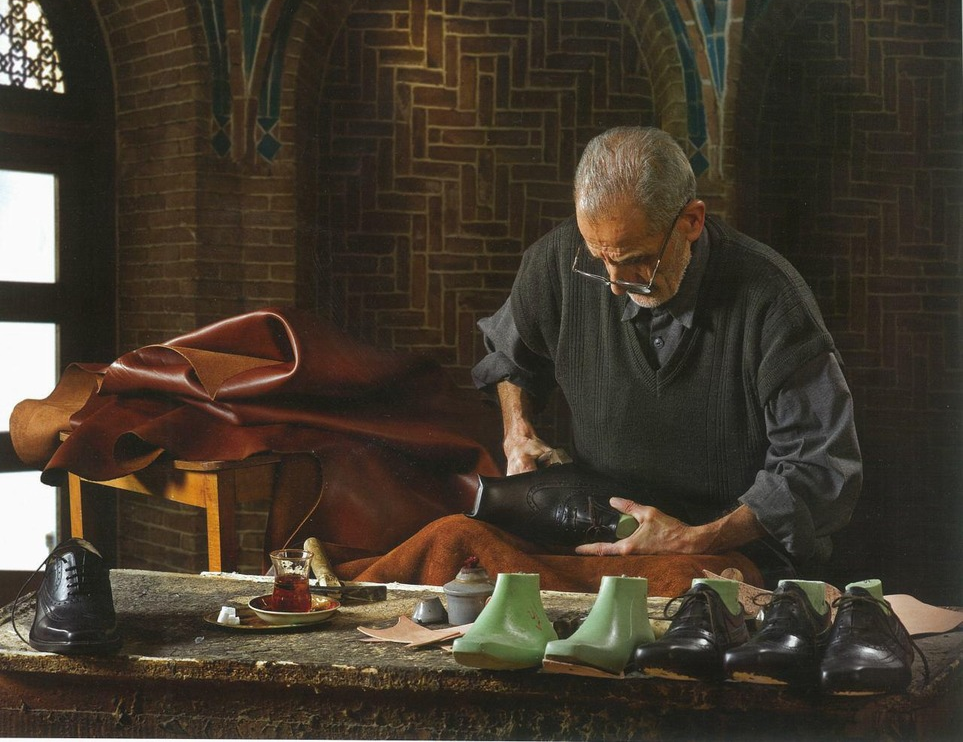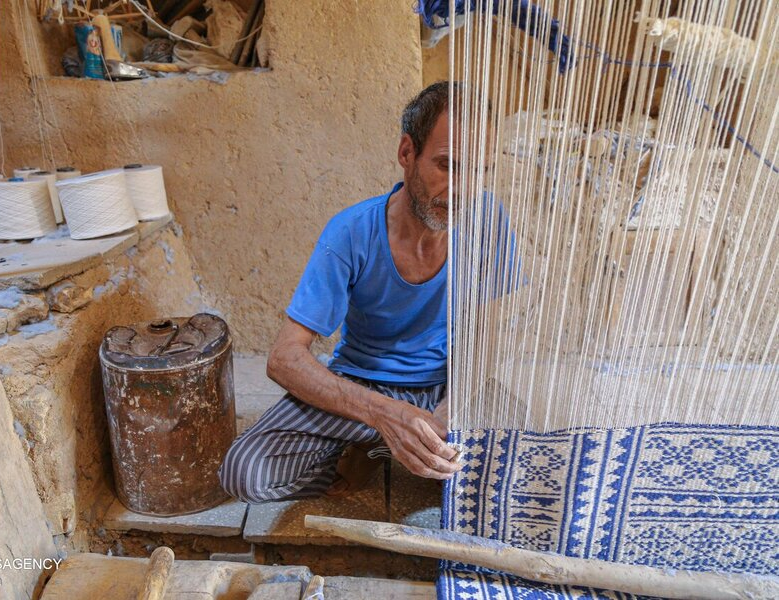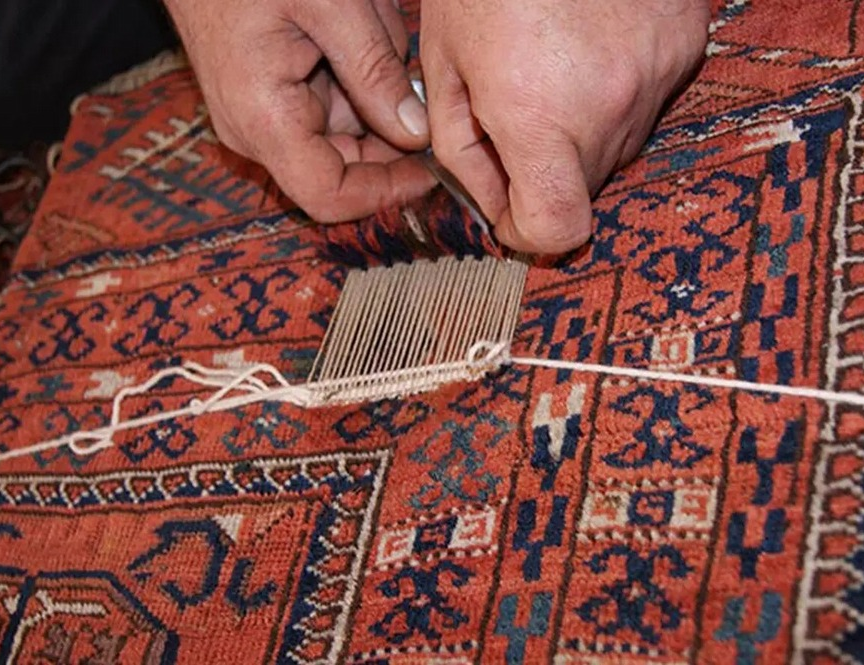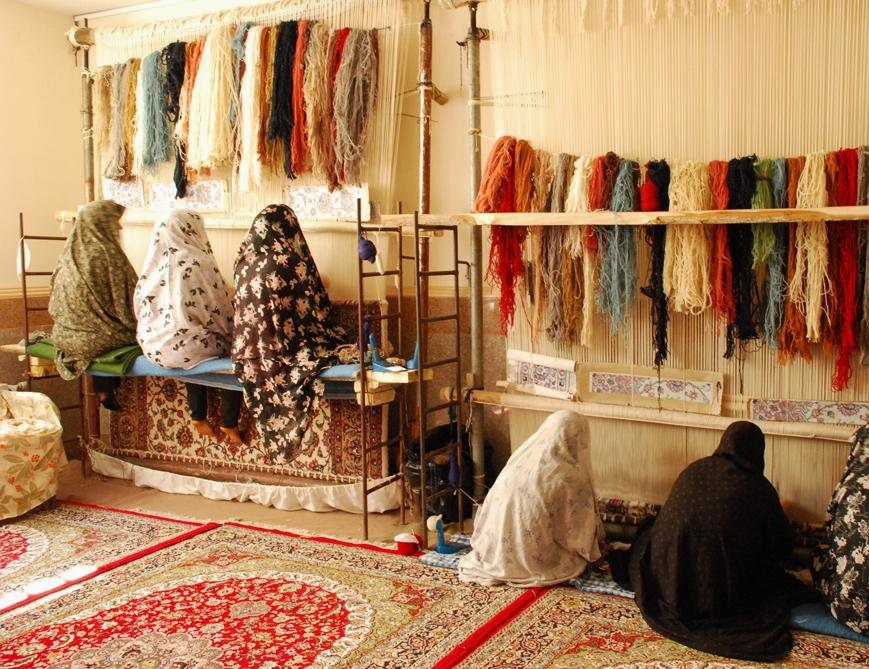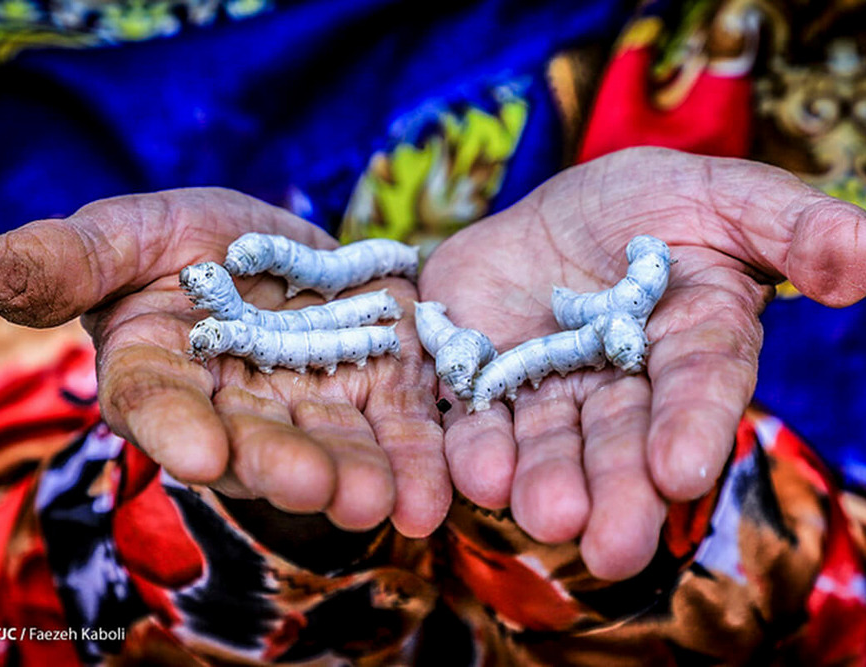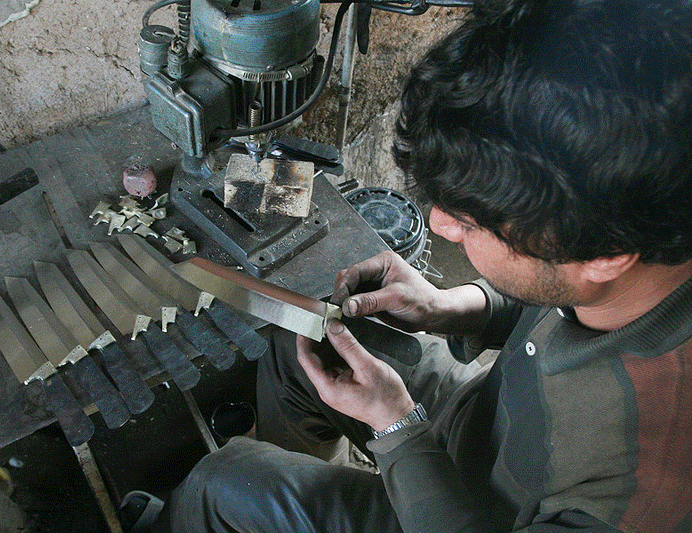
Fars Carpet
Fars Province is one of the regions of Iran in which the traditional art of carpet weaving has its own special style. The skills of carpet weaving in Fars province, which is considered one of the ancient provinces of Iran, have been inscribed as Iran’s intangible cultural heritage on the UNESCO List.
The Ancient Tradition of Carpet Weaving
Fars Province is known as one of the vast southern provinces of Iran. Almost one-third of the population of this province comprises nomadic tribes who make a living by raising livestock. Carpet weaving also been has been popular among them since the distant past. The unique skills of Qashqai and Fars nomads in carpet weaving have made Fars carpets world-renowned as the souvenir of this province.
Historical evidence shows that carpet weaving in Fars is 1200 years old. The oldest evidence in this regard was found in the treasury of Harun al-Rashid (the caliph of the Abbasid dynasty who ruled around 800 AD). In this list, mention has been made of Khalifa carpets, 1000 Armenian carpets, 500 Tabir carpets, and 300 Dasht Mishan carpets.
Features of Fars Carpet
In the course of history, Fars carpets have undergone many changes in design and type of texture, and yet its common features can be summarized as follows:
• Average weight
• Softness and elegance
• Predominance of not-so-bright colors
• The existence of a border that has up to seven layers
• Predominance of angular patterns over arched patterns
• The presence of woven strips in the style of rugs in blue, red, and oak colors, especially in old carpets.
• The presence of three rhombuses connected in the middle of the carpet and the absence of design in its corner.
Even though carpet weaving is popular throughout Iran as a handcraft, Fars carpets have special features that distinguish them from other carpets. For instance, the warp of Fars carpets is made entirely of wool, and if they are made of silk, they do not paint it. Therefore, the original color of the carpet is always visible. Only in some mountainous areas such as Darab, Abadeh, Faragheh, Eqlid, and some parts of Neyriz, where finely woven and delicate carpets are woven, warp and weft of carpets are made from cotton.
Generally, the carpet is woven with two wefts, but in some regions, the carpet is woven with one weft and it is called “Gabbeh”. These types of carpets are very delicate in terms of their texture, but they are very durable.
Another type of carpet woven in Fars is “Glim” or “Jajim”. The colors used in the warp of this type of carpet are very diverse and allow the weaver to create various colorful designs and motifs. Jajim is usually woven with narrow lines and striped patterns.
The Patterns of Fars Carpet
Fars province has high peaks and a relatively mild climate. The nomads of the province change their place of residence in summer and winter to provide food for their livestock and live with nature in this constant migration. Therefore, the beautiful landscapes of this province, which are tied to the life of the nomads, are well manifested in the designs used in the carpet weaving. Most of the designs that are used in the weaving of Fars carpets are created in an improvised manner and without copying previous designs.
Due to the constant migration of the nomads, carpet looms are moved from one place to another. Thus, during the course of weaving a carpet, it may be carried from one place to another and adjusted several times. Usually, a finished carpet is called “Dastur” and is used as a pattern to start weaving other carpets. In order to have a manual for re-installing a rug, a “Dastur carpet is always available to carpet weavers.
The delicate art and skills of carpet weaving and its nuances are performed by nomadic women and are passed on from one generation to the next.
Types of Qashqai Designs
Experts have divided the designs used in Qashqai carpets into two categories:
• Traditional designs that have geometric shapes and are woven without having any printed designs.
• Other patterns that are designed and executed symmetrically.
In a general classification, Fars carpets are divided into 10 categories, each of which has subcategories. For the sake of brevity, only the main categories of this classification are mentioned hereunder:
1 - Birds and bird head designs
2 - Plant patterns
3 - Shrub patterns
4 - Animal motifs
5 - Patterns pertaining to the elements of the solar system
6 - Motifs of all kinds of flowers
7 - Patterns of stars
8 - Checkered patterns
9 - Toothed patterns of fish and leaves
10 - Rhombus motifs with four-armed arrays
The Weaving Method
Fars carpets are still woven in the same traditional ways. In total, there are two general methods for weaving this carpet: "Lool" (lit. rolled) and “Flat”. Most Qashqai nomads weave carpets in the “Lool” or “Half-Lool” style. Carpets woven in a flat style are softer and do not look too flat when spread on the floor.
Unlike the carpets that are woven in most parts of Iran, carpets Fars are woven on horizontal carpet looms. Of course, in recent years, with the expansion of carpet weaving workshops, the use of standing (vertical) looms has also expanded. In addition, unlike in the past, less reference is made to improvised patterns and designs.
| Name | Fars Carpet |
| Country | Iran |
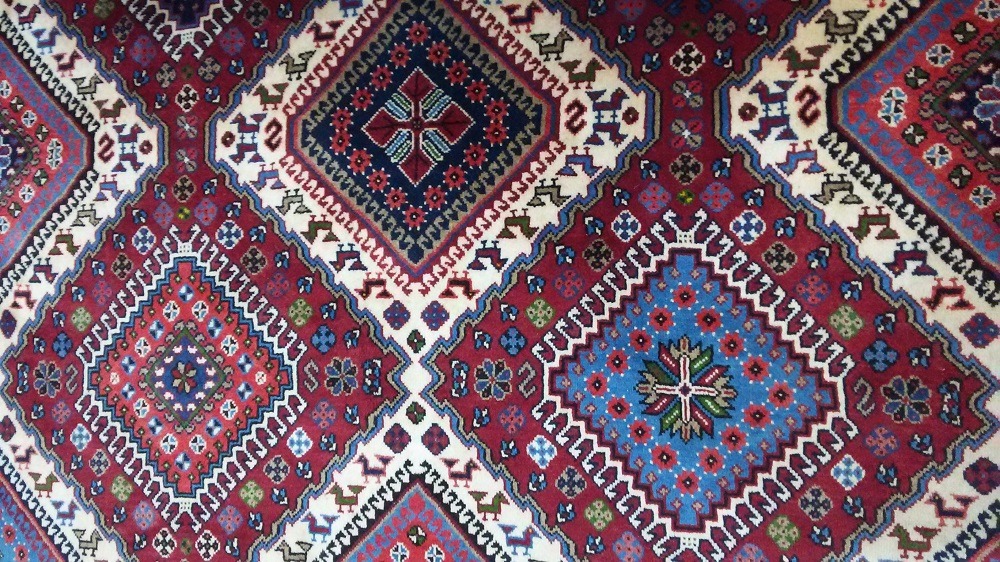


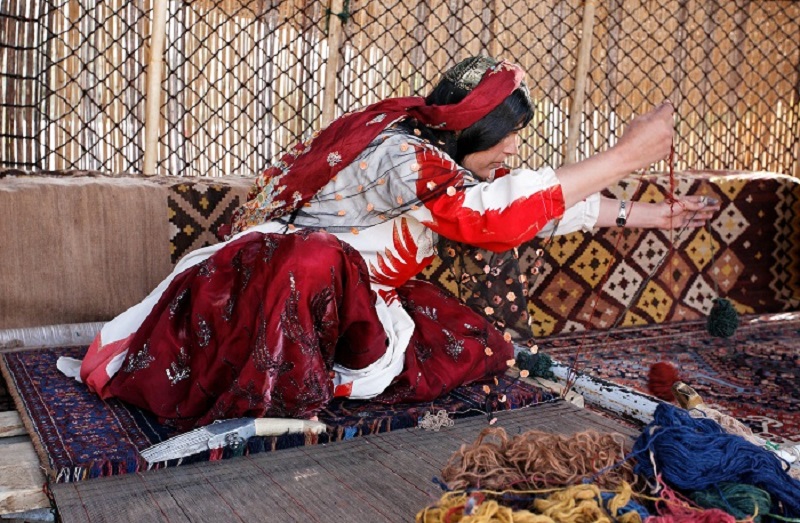
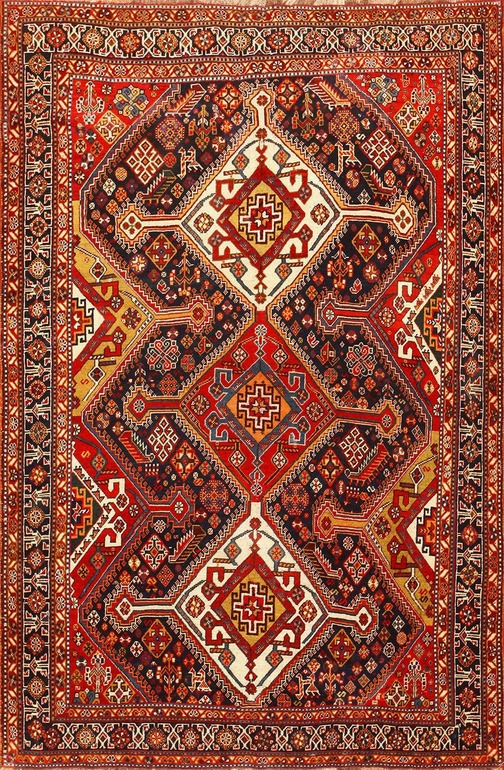





Choose blindless
Red blindless Green blindless Blue blindless Red hard to see Green hard to see Blue hard to see Monochrome Special MonochromeFont size change:
Change word spacing:
Change line height:
Change mouse type:

